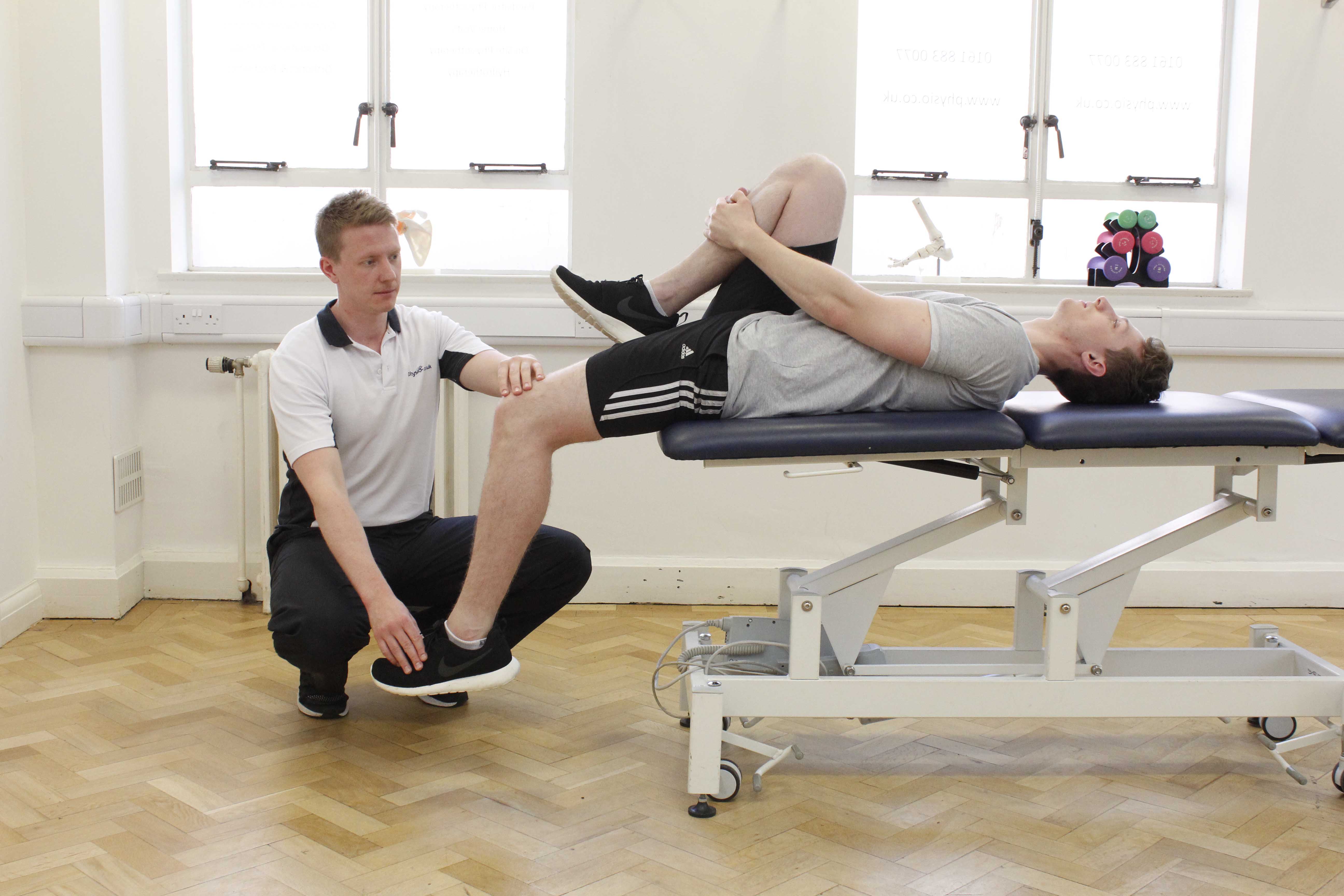What is a hamstring tendinopathy?
A hamstring tendinopathy is an injury affecting the tendon that attaches your hamstring to your pelvis. This is located deep to the gluteal (buttock) muscles. This tendon becomes weakened and painful as a result of microscopic tearing and degeneration (breakdown of tissue). Hamstring tendinopathy is most commonly seen in sprinters, fell runners and many other types of runners.
What causes hamstring tendinopathy?
Hamstring tendinopathy can occur following a tear to the tendon, or more commonly as an overuse injury, developing over time. Overuse in the hamstring tendon occurs as a result of excessive tension (stretch) and compression. Rapid increases in training loads cause this, as can large amounts of hill running. Biomechanical/postural factors are also risk factors:
- Over striding
- Having an anteriorly tilted pelvis
- Having tight hip flexors
Non biomechanical risk factors include:
- Poor core strength/stability
- Weak hamstrings/gluteal muscles
- Previous hamstring injury
- Inadequate warm-up
 Above: Biomechanical assessment led by specialist physiotherapist
Above: Biomechanical assessment led by specialist physiotherapistWhat are the symptoms of hamstring tendinopathy?
Pain in the deep buttock / posterior thigh region is the most common symptom in hamstring tendinopathy. This usually develops insidiously after a training session or competition. Other symptoms of hamstring tendinopathy include:
- Local tenderness on palpation of the buttock
- Pain when performing a hamstring stretch
- Pain when climbing stairs or running uphill
- Pain when sitting on hard surfaces
- Pain during forceful contraction of the hamstring
Biomechanical analysis of your running technique
Discrepancy in running mechanics or postures are often an underlying cause of the development of hamstring tendinopathy. Heel-strike running is a normal running style which causes an increased activation of the hamstrings. However, a combination of heel-strike running and over-striding results in excessive tension and compression to the hamstring tendon and may cause tendinopathy. A forward-leaning or flexed posture, or an anteriorly tilted pelvis whilst running can also contribute to tendinopathy.
Physio.co.uk offers a specialised biomechanical video assessment service for runners. Skilled physiotherapists will provide video analysis of your running technique in order to isolate any biomechanical factors that contribute to your injury. Furthermore, they will provide you with the advice and training program to resolve your injury.
To arrange a biomechanical running assessment with one of the specialist physiotherapists, please call Physio.co.uk on 0330 088 7800 today. You can also book appointments online using our online booking system

 0330 088 7800
0330 088 7800

































